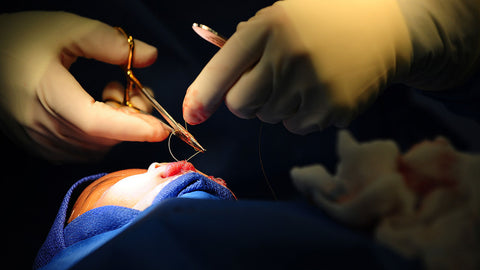Rhinoplasty, despite the relatively small size of the nose, remains as a challenging operation. The intricacies of the nasal bone and cartilage anatomy and how they interconnect requires a real three-dimensional appreciation of what will happen when these relationships are surgically altered. When it comes to the congenital nasal deformity, such as cleft lip and palate, those rhinoplasty challenges become magnified as abnormal and deformed anatomy is overlaid onto the process.
The nose deformity caused by oral clefting is a highly variable one and is influenced by the severity of the underlying cleft problem. Facial clefts present in widely different forms, from the incomplete microform cleft lip to the severe bilateral cleft lip and palate. In every case, the overlying nasal anatomy is affected with distortions and tissue deficiencies. Even in the relatively simple unilateral cleft lip and palate, the overlying alar cartilage and skin are not only malpositioned but short of substance. The bilateral cleft lip and palate patient has a severe shortage of columellar skin which is a limiting factor to ever obtaining a great nasal tip result.
Rhinoplasty in adult cleft patients does differ from the younger patient. Almost always, the nose has been through numerous surgeries, is scarred, and recognizeable nasal anatomy hard to find. The patient usually has had lifelong difficulty with breathing, although they be well adapted at this point in their life. Such a nose defies any simple or standard rhinoplasty approach.
In my experience, adult cleft nose patients generally present as two types. Those that have had a series of rhinoplasties since childhood, have had significant improvement in both appearance and function, and are looking to get the best final result. Or the very challenging cases, that despite earlier surgeries or lack thereof, are nasal ‘cripples’ with severe external distortions and significant airway obstruction.
I find that most adult cleft rhinoplasties need to be approached with the concept of total or near nasal reconstruction. One must be prepared to take much of the nose apart and almost start form the beginning. It is imperative to disassemble the anatomy and begin rebuilding the framework, rather than trying to tweak or patch the existing anatomy in some cases.

